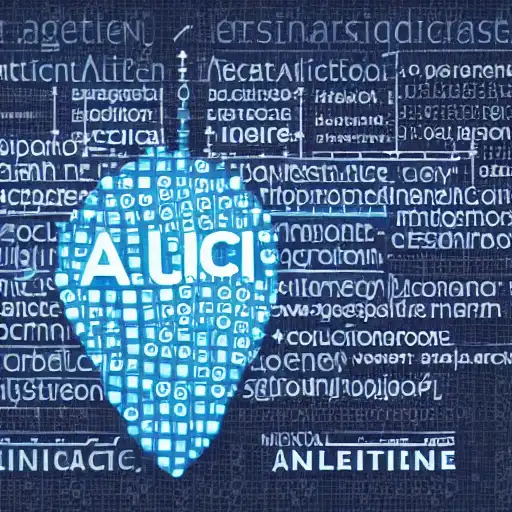
August 12th, 2023
Welcome back to our Advanced Machine Learning series! In this blog post, we'll explore the fascinating world of Reinforcement Learning (RL), where AI agents learn to interact with their environment through trial and error, guided by the pursuit of rewards.
What is Reinforcement Learning?
Reinforcement Learning is a type of machine learning that deals with sequential decision-making problems. In RL, an agent interacts with an environment, taking actions to maximize cumulative rewards. The agent learns from the feedback provided by the environment, adjusting its actions to achieve its objectives.
Core Components of Reinforcement Learning
- Markov Decision Process (MDP): MDP is a formal framework used to model sequential decision-making problems in RL. It consists of states, actions, a transition model, rewards, and a discount factor. The agent aims to find a policy that maps states to actions, maximizing the expected cumulative reward.
- Policy Learning: A policy in RL is a strategy that defines the agent's actions in each state. Policy learning algorithms, such as Q-learning and Deep Q Networks (DQNs), aim to find the optimal policy that maximizes the expected rewards.
- Value Iteration: Value iteration is an algorithm used to compute the value function of states in an MDP. The value function represents the expected cumulative reward that the agent can achieve from each state
Applications of Reinforcement Learning
Reinforcement Learning has found numerous applications, including:
Implementing Reinforcement Learning with Julia and Flux.jl
Let's explore how to implement Q-learning, a popular RL algorithm, using Julia and Flux.jl.
# Load required packages
using Flux
using Random
# Define Q-learning function
function q_learning(env, α, γ, ε, episodes)
q_values = Dict()
for episode in 1:episodes
state = env.reset()
done = false
while !done
if rand() < ε
action = rand(1:env.n_actions)
else
action = argmax(get_q_value(q_values, state, env.n_actions))
end
new_state, reward, done = env.step(action)
q_values[(state, action)] = get_q_value(q_values, state, action) + α * (reward + γ * maximum(get_q_value(q_values, new_state, env.n_actions)) - get_q_value(q_values, state, action))
state = new_state
end
end
return q_values
end
Conclusion
Reinforcement Learning allows AI agents to navigate the world through trial and error, learning to make decisions that lead to the highest rewards. In this blog post, we've explored the core components of RL, including the Markov Decision Process, policy learning, and value iteration, and implemented Q-learning with Julia and Flux.jl.
In the next blog post, we'll venture into the realm of Generative Models, where we'll explore techniques like Variational Autoencoders (VAEs) and Generative Adversarial Networks (GANs) to create new data samples and unleash creativity in AI. Stay tuned for more exciting content on our Advanced Machine Learning journey!